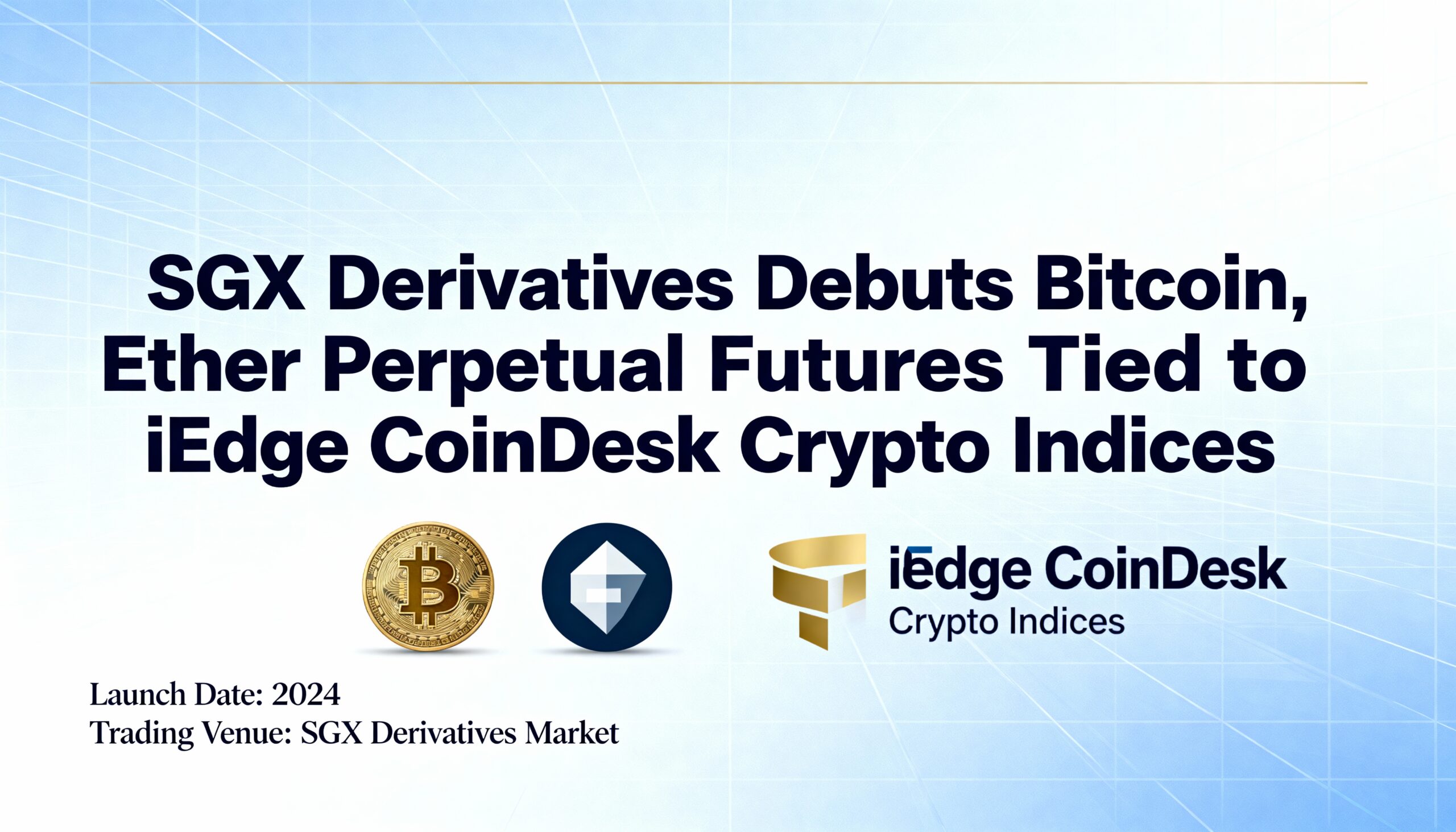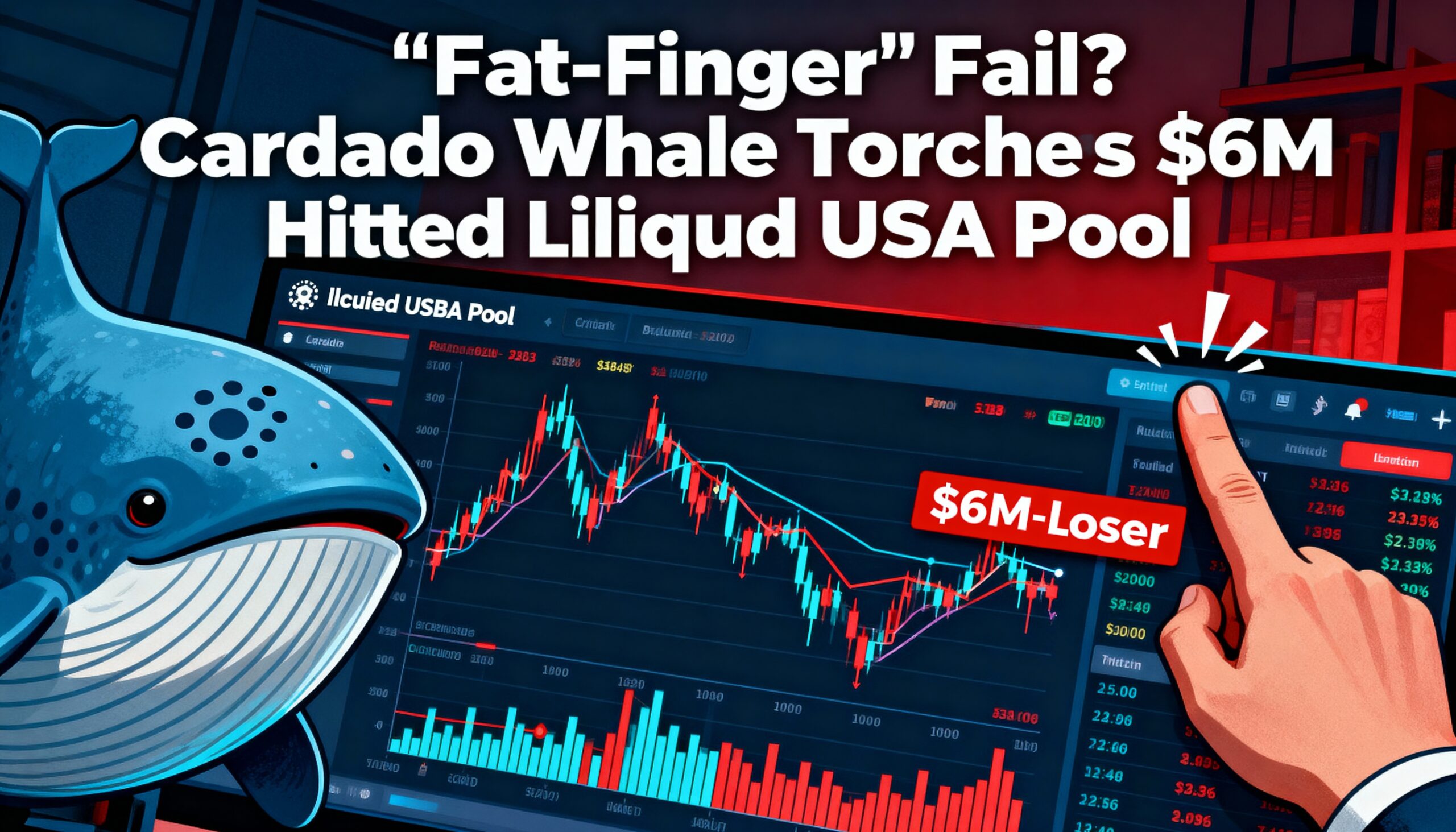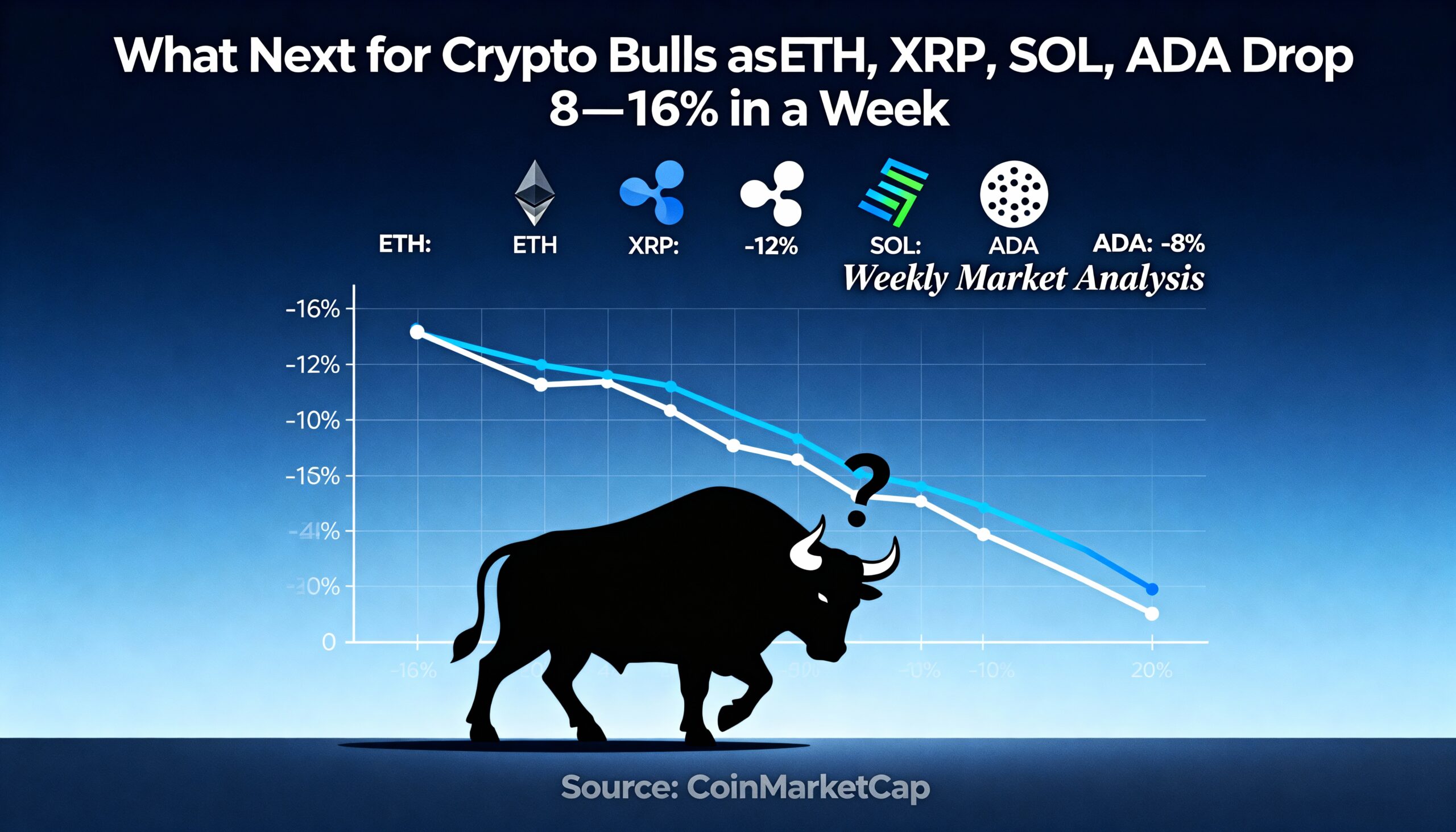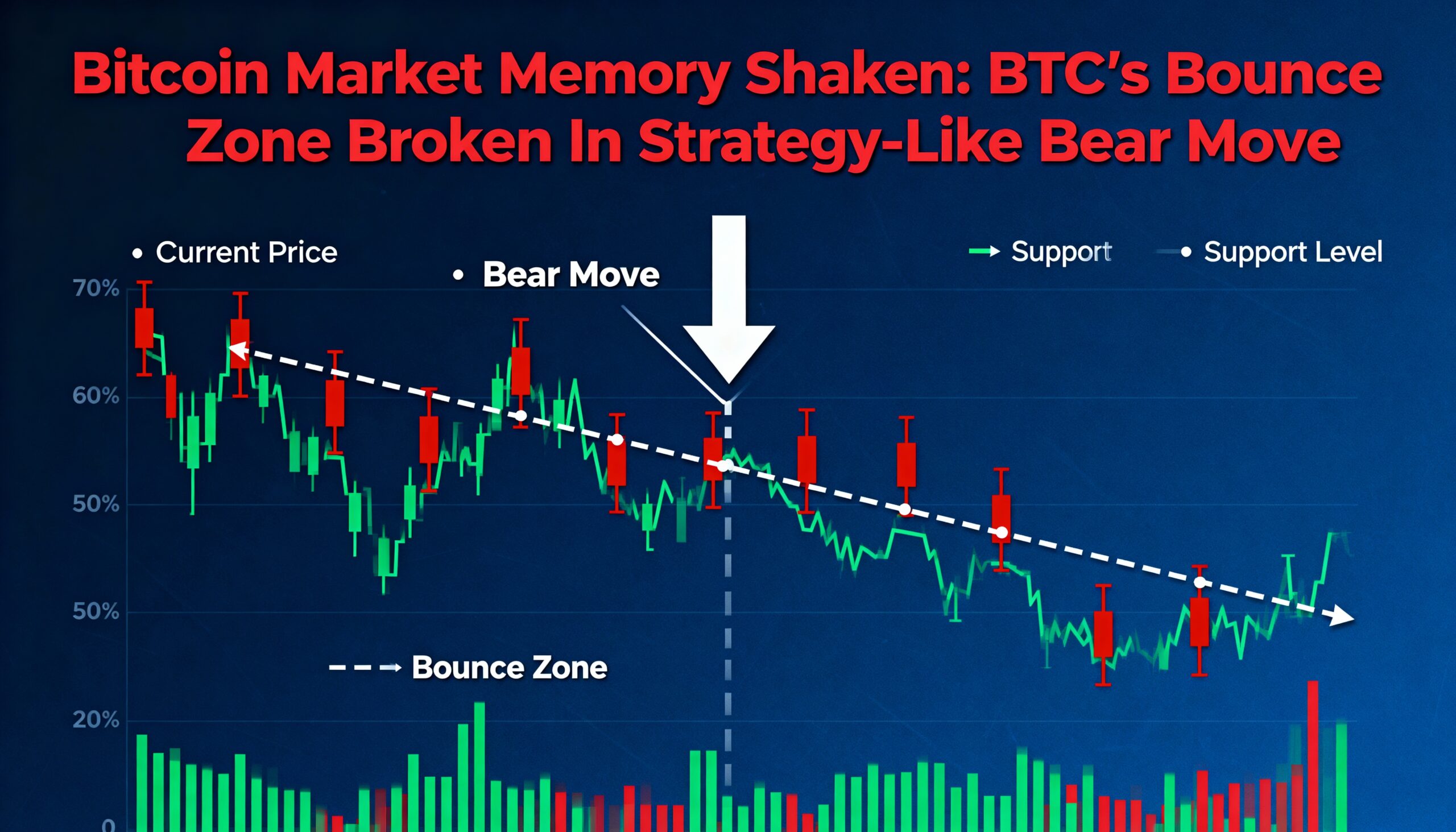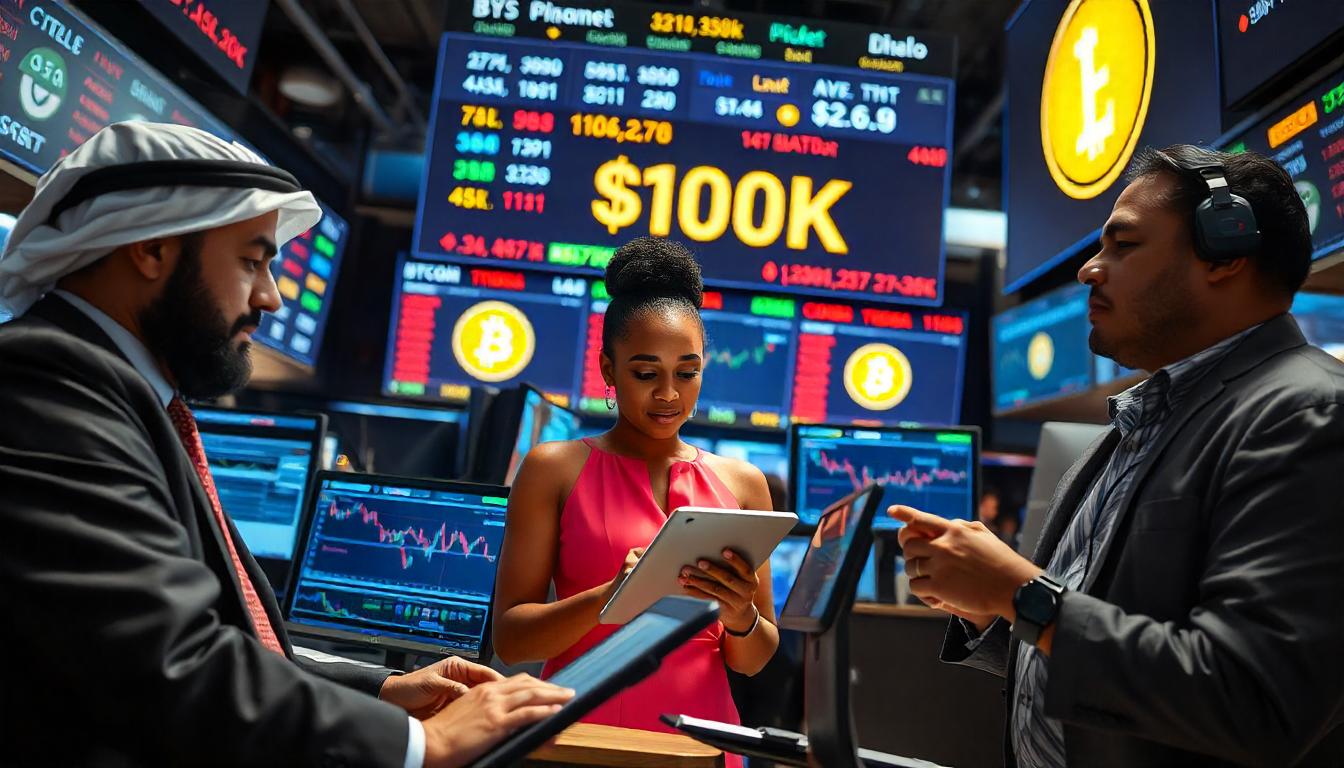
Hedging Activity Keeps Bitcoin Near $100K Amid Rising Risks of Market Pullback
Bitcoin (BTC) and the wider cryptocurrency market are experiencing a surge in demand for leveraged bullish positions, indicating the market may be overheated. While market makers’ hedging strategies are expected to provide support, keeping Bitcoin stable around $100,000, the increased activity raises concerns about potential pullbacks for other cryptocurrencies.
Bitcoin, the top cryptocurrency by market value, reached a new all-time high above $103,000 early Thursday after President-elect Donald Trump appointed Paul Atkins, a known pro-crypto advocate, as the new chairman of the U.S. Securities and Exchange Commission (SEC). This announcement prompted a buying frenzy, pushing funding rates for perpetual futures sharply higher, signaling an overcrowded market with a growing number of long positions. In this overheated market, even a small pullback could result in large-scale liquidations, where exchanges force the selling of positions due to margin shortages, amplifying downside volatility.
Griffin Ardern, head of options trading and research at crypto financial platform BloFin, explained that the options market could offer some stabilization. When options prices rise faster than the underlying asset, creating a positive gamma imbalance, market makers are likely to sell their holdings to keep their exposure neutral. Conversely, when the imbalance turns negative, they buy back, helping to stabilize prices by counteracting excessive market movements.
“Bitcoin can remain stable around $100,000 in the short term due to the hedging actions of market makers,” Ardern stated in an interview with CoinDesk. “This support from the options market may help mitigate the potential impact of deleveraging, preventing a sharper decline.”
Bitcoin’s funding rates have spiked to nearly 100% annually, surpassing those seen in highly speculative assets like Dogecoin (DOGE), according to data from VeloData. Other altcoins, such as XRP, CRO, and XMR, are also experiencing funding rates above 100%, reflecting increasing demand for leveraged positions.
Felix Hartmann, founder of Hartmann Capital, pointed out that Bitcoin’s recent price surge may have been driven largely by leverage. “The volume-weighted average price suggests Saylor has spent billions, and the funding rates indicate this move was likely fueled by leverage,” Hartmann said, referring to Michael Saylor, executive chairman of MicroStrategy, the largest publicly traded Bitcoin holder. “I wouldn’t be surprised by a 20-30% correction in the market. The 80s are definitely a possibility.”
Hartmann emphasized that the bullish momentum cannot solely rely on institutional purchases like those from MicroStrategy, with many market observers suggesting that the market will either keep rallying or face a sharp correction. Either way, continued demand is crucial to sustaining the upward trend.
Despite the support provided by market makers’ hedging, Bitcoin’s price volatility could return as the year winds down.
“The positive gamma at $105,000 for options expiring on December 27 could offer some stability, but once those options expire, the support may vanish, leading to increased uncertainty,” Ardern added.
Options are financial derivatives that give buyers the right—but not the obligation—to buy or sell the underlying asset at a predetermined price on a future date. Call options allow buyers to purchase, while put options give them the right to sell.


